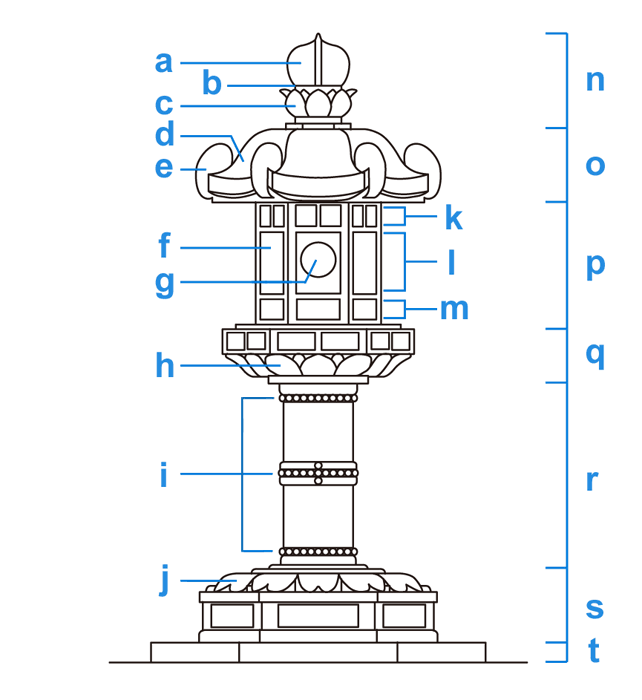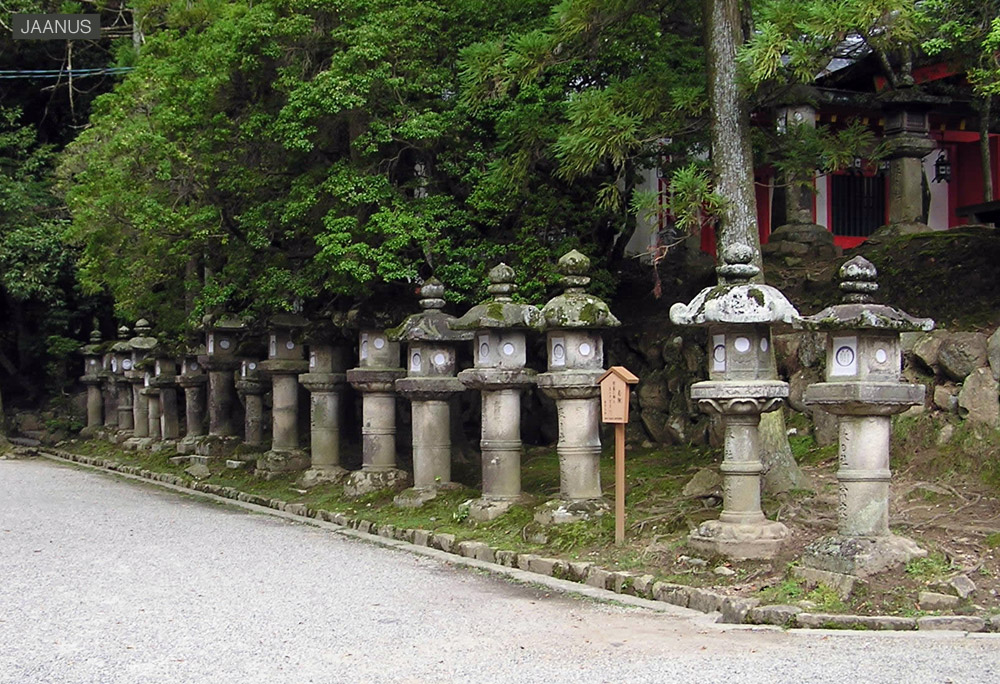|
||
 |
||

a) kaen Ξ@b) *kakikubi ρ@c) *ukebana σΤ@d) kudarimune ~
e) *warabite nθ@f) *higuchi ϋ@g) ensou ~@h) *renben @Ω
@i) fushi ί@j) *kaeribana ½Τ@k) kamiku γζ@l) nakaku ζ
m) shimoku Ίζ@n) *houju σμ@o) *kasa }@p) *hibukuro Ξά
q) *chuudai δ@r) *sao Ζ@s) *kiso ξb@t) *kidan ξd
e) *warabite nθ@f) *higuchi ϋ@g) ensou ~@h) *renben @Ω
@i) fushi ί@j) *kaeribana ½Τ@k) kamiku γζ@l) nakaku ζ
m) shimoku Ίζ@n) *houju σμ@o) *kasa }@p) *hibukuro Ξά
q) *chuudai δ@r) *sao Ζ@s) *kiso ξb@t) *kidan ξd

ishidourou ΞβΔ
Kasuga Taisha tϊεΠ (Nara)
Kasuga Taisha tϊεΠ (Nara)
@
(C)2001 Japanese Architecture and Art Net Users System.@No reproduction or republication without written permission.
fΪΜeLXgEΚ^ECXgΘΗASΔΜRecΜ³f‘»E]ΪπΦΆά·B

